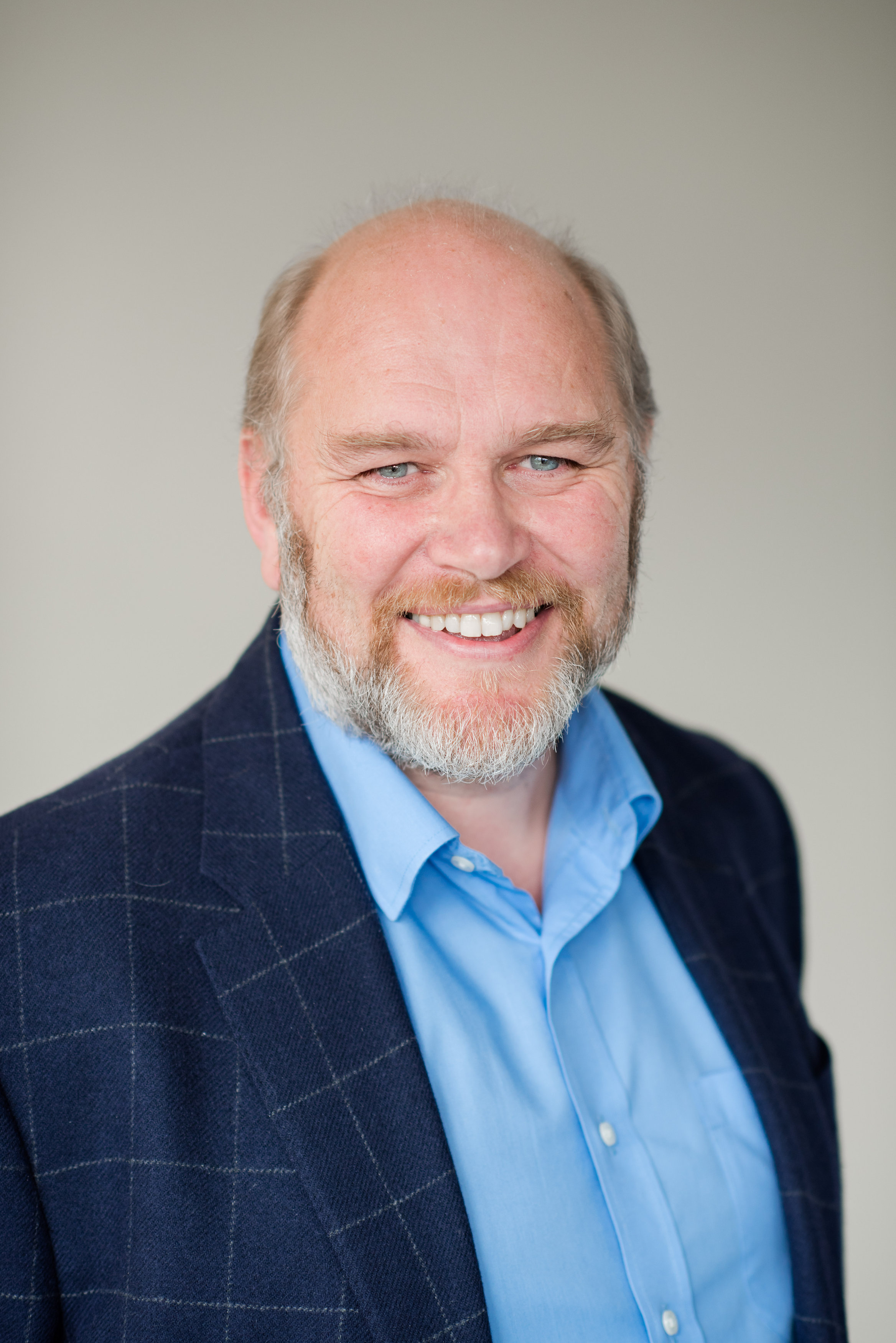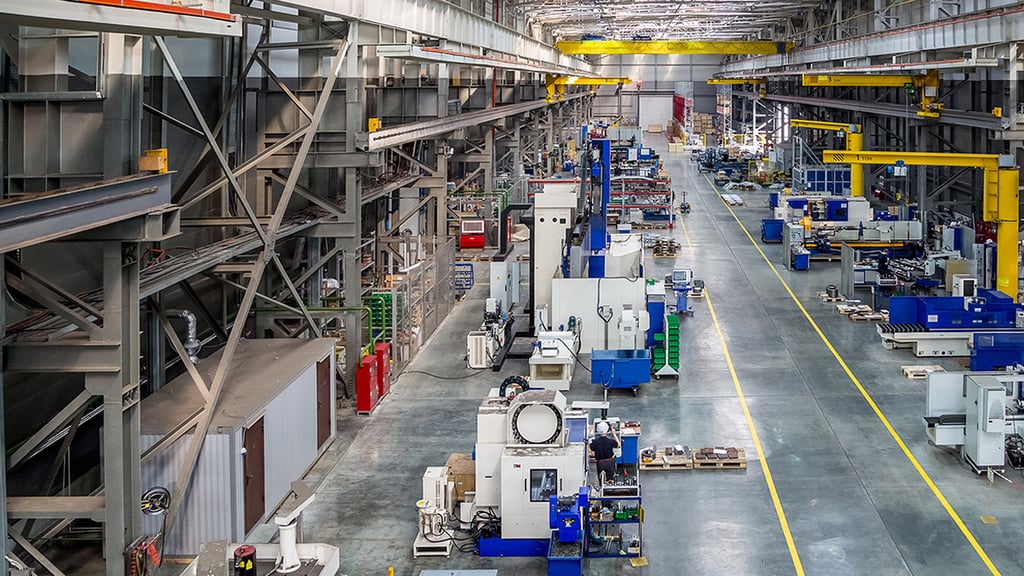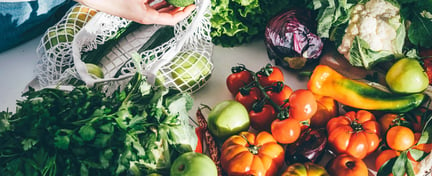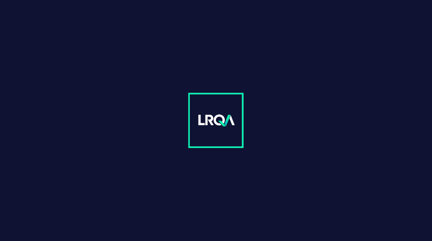As a population, we are growing. We’re living longer, earning more and are increasingly conscious about eating healthier.
These factors are combining to create long-term growth in the consumption of seafood, putting pressure on wild caught resources and ultimately driving the need for more aquaculture. Between 1990 and 2018, there was a 122% rise in total food fish consumption and a 527% rise in global aquaculture production according to the UN Food and Agriculture Organization. Today, around 50% of all seafood consumed today comes from aquaculture farms.
Aquaculture is inherently more sustainable than agriculture — both in terms of environmental impact and resource use — and will play an important role in feeding our growing population. However, there is a general lack of consensus around what “good” aquaculture practices actually look like, resulting in the emergence of widespread unsustainable practices. The overfishing of wild fish to produce feed for farmed fish, for example, is a situation that must be brought under control as our reliance on seafood grows and wild fish stocks continue to be at risk of decline.
This is just one example and it’s clear that as aquaculture production increases to meet demand, potential negative environmental will need to be managed and minimised. The only way this can be achieved is by embedding a culture of sustainability and continuous improvement across the entire aquaculture value chain – with transparency and assurance playing an important role.
Product labelling is a case in point. Labelling schemes, such as the Aquaculture Stewardship Council (ASC) Farm Standards and Best Aquaculture Practices (BAP) standard, have proliferated in recent years, as organisations move beyond certifying product quality and look to align their brands with good practice in animal welfare, environmental impact, social conditions and more - achievements they proudly display on their packaging and marketing.
With consumer preferences shifting ever faster towards sustainable products and brands, assurance programs like this create strong incentives for change, helping aquaculture to achieve its full potential, whilst addressing the root causes of bad practice and providing a healthy and sustainable food source for the years to come. New collaborations and partnerships, for example the Safe Seaweed Coalition — an initiative that aims to oversee safety and sustainability in the seaweed farming industry as it scales — will also play an important role in accelerating progress.
Meanwhile, innovation and technological advancements in the realm of assurance will also help to facilitate sustainable growth. Remote auditing has not only enabled aquaculture organisations to continue operating during the pandemic but is also enabling wider access to certification - and thus access to markets - by smaller producers and fishermen.
It's clear that aquaculture can provide many answers to the question of how we’re going to feed a growing population, amidst increasing environmental pressures - but the sector won’t succeed without change. Many opportunities exist to support the industry and help it move in the right direction — chief among them is assurance.




